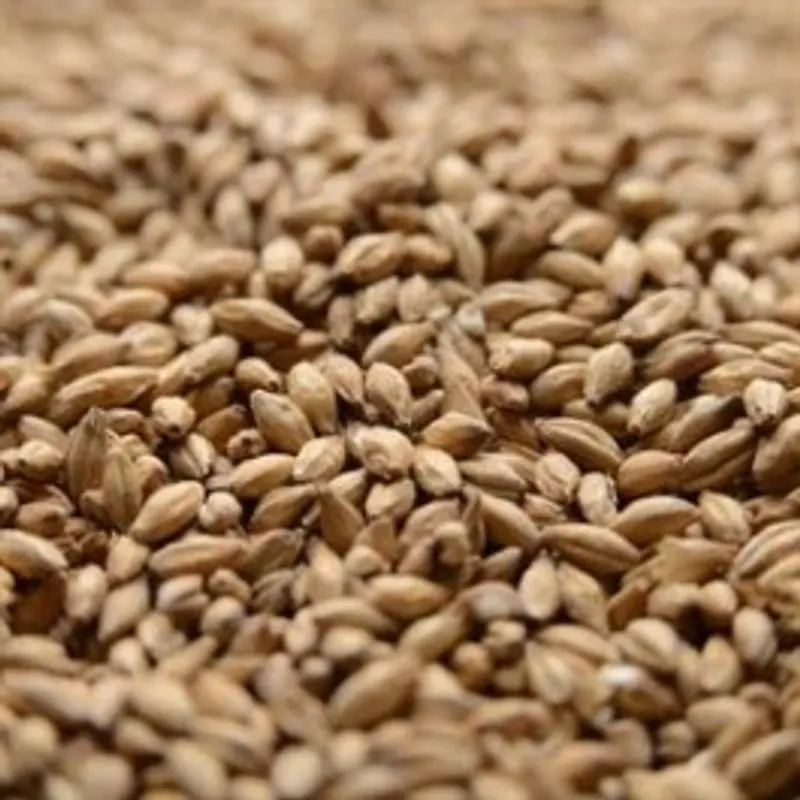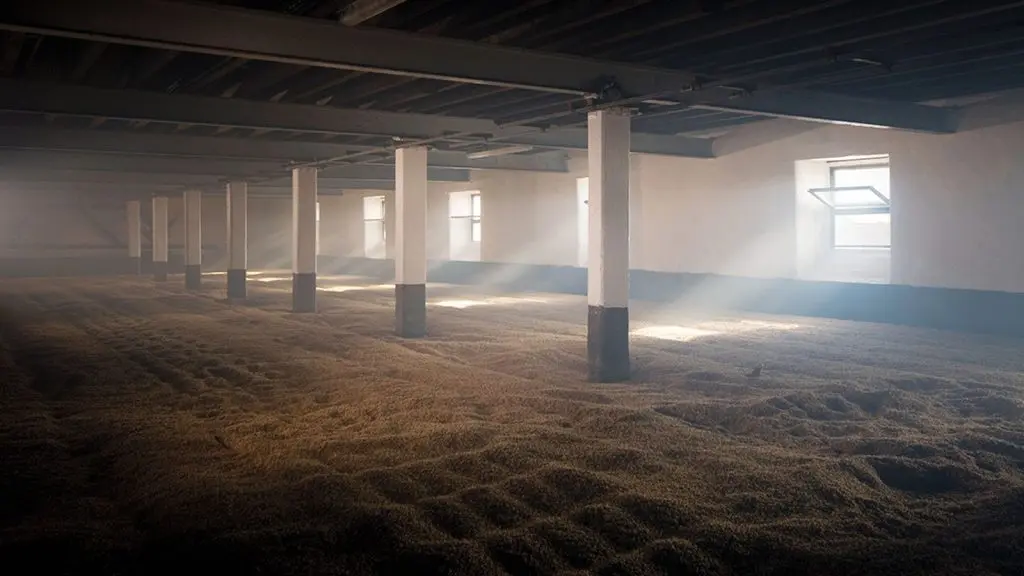When it comes to whisky production, one of the key ingredients is barley. Barley is malted and then dried using various methods to impart different flavors. One such method is peat smoking, which involves using peat as a fuel source during the drying process. Peat smoked barley is highly regarded in the whisky industry for its unique smoky and earthy flavors.

What is Peated Barley?
Peated barley refers to barley that has been dried using peat smoke. Peat is a natural fuel source that is derived from decomposed plant material found in bogs. It is commonly found in areas such as Scotland, where it has been traditionally used for centuries in the whisky-making process.
During the malting process, the barley grains are soaked in water and allowed to germinate. After germination, the barley is dried to stop the germination process. This drying process is where peat comes into play. Instead of using conventional fuel sources like gas or electricity, peat is burned to generate heat. The smoke produced during the burning of peat infuses the barley with unique flavors and aromas.
What is the Difference Between Peat and Smoke?
Peat and smoke are two distinct elements in the peated barley production process. Peat refers to the fuel source used to generate heat during the drying process, while smoke is the resulting byproduct of the burning peat.
Peat is formed over thousands of years through the accumulation of plant material in wetlands. It is composed of partially decomposed vegetation, such as moss, grass, and heather. Peat has a high carbon content, which makes it an excellent fuel source.

When peat is burned, it produces smoke as a byproduct. This smoke contains aromatic compounds that are absorbed by the barley, giving it a distinct smoky flavor. The level of smokiness can vary depending on the amount of peat used and the duration of the drying process.
The Flavors of Peat Smoked Barley
Peat smoked barley imparts a range of flavors and aromas to the whisky. The smokiness is often described as earthy, medicinal, or even slightly salty. It can evoke sensations of bonfires, campfires, and the rugged landscapes of the peat bogs.
Additionally, peat smoke can contribute to the development of other flavors in the whisky, such as hints of vanilla, caramel, and dried fruits. The interaction between the peat smoke and the other ingredients used in the whisky-making process creates a complex and layered flavor profile.
Is peat smoked barley only used in whisky production?
No, peat smoked barley can also be used in the production of other spirits, such as peated beers and peated gins. The smoky flavors of peat can add a unique twist to these beverages.
Are all peated whiskies made with peat smoked barley?
No, not all peated whiskies are made with peat smoked barley. Some distilleries may use other methods, such as adding peat smoke directly to the malted barley or using peated water during the production process.
Can peat smoked barley be used in cooking?
Yes, peat smoked barley can be used in cooking to add a smoky flavor to dishes. It is particularly popular in dishes like barley risotto, smoked barley soup, and even smoked barley whiskey-infused desserts.

In Conclusion
Peat smoked barley is a crucial ingredient in the production of peated whiskies and other spirits. Its unique smoky and earthy flavors add depth and complexity to the final product. Whether you're a whisky enthusiast or a curious foodie, exploring the world of peat smoked barley can be a fascinating journey into the realm of smoky flavors.
If you want to know other articles similar to Discover the distinctive flavors of peat smoked barley you can visit the Whisky category.


Related Articles